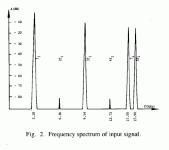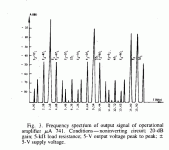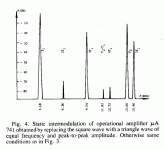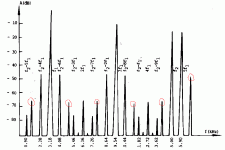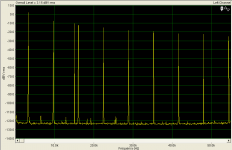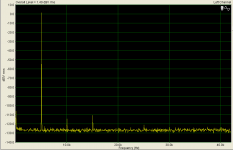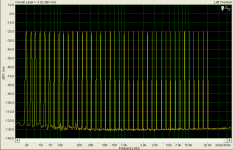Part 1 is here:
http://www.diyaudio.com/forums/showthread.php?s=&threadid=71189
Hi John,
I posted the following in a post I moved to the test equipment thread. It really belongs here, so I am going to quote it.
I don't know if you read that post, you didn't respond to it. So here goes ...
Let's focus on John's discrete design again. If we can reference to the actual design while we talk, it may help considerably.
-Chris
Edit: The original thread is here, a big thank you to stinius who reminded me that I forgot to link to the original thread.
http://www.diyaudio.com/forums/showthread.php?s=&threadid=71189
Hi John,
I posted the following in a post I moved to the test equipment thread. It really belongs here, so I am going to quote it.
I don't know if you read that post, you didn't respond to it. So here goes ...
At this point, is there any reason to hide your actual schematics? It's an old design that depends on discontinued devices and careful hand construction. The PCB details are enough to stop a clone.
The reason I ask is that you could refer to specific design examples as you pointed out your design choices, or what you consider to be important concepts. It would be somewhat easier to keep things on track and clear to other people.
Considering the difficulties a normal person would have to begin production on anything, there really is not a lot to worry about there either. I do not want to make one of these, but learning from this would be very useful to many.
Just a thought John.
Let's focus on John's discrete design again. If we can reference to the actual design while we talk, it may help considerably.
-Chris
Edit: The original thread is here, a big thank you to stinius who reminded me that I forgot to link to the original thread.
Trevor White said:
John, the 4558 is old technology.
I use them because of their topology. When biased by 6K8-7K5 resistor they work like a charm.
Technology was well developed then to make them properly.
Bob Cordell said:
I have never measured PIM in a tube amplifier, but it might be interesting to do. One might be able to make an argument that tube amplifiers may have significant PIM as a result of the quasi-saturation that high-amplitude low-frequency signals cause in the output transformer.
Fortunately "P-type" tubes were not invented so we don't listen to horrible sounding symmetrical cathode followers.
I am joking Bob, but very seriously.
FYI, masking effect means the closer harmonics are to fundamental frequency, the less they are audible. But I know the rumor exists that high level of low order harmonics make high order harmonics inaudible, but it is not true. All of them, from fundamental frequency and up, mask closest higher order harmonics. 2'nd order does not mask 7'th, 8'th, 9'th, etc... harmonics. It masks the 3'rd order one, but up to some relative level only, and the higher is the loudness of the entire sound, the better it masks.
Professor smith said:
Can someone be kind enough toi explain what PIM and FM is?
I admit I don't know what PIM is either but I googled Passive Intermodulation Distortion. Not sure this is our PIM though...
FM is most likely Frequency Modulation in this thread.
john curl said:I hate to quibble, CV, but a 2-3dB difference between 15KHz and 15.7KHz with a 100K -3dB down point?
I assume he has generated the signal in digital domain, and used Lynx L22 DAC output.
Anyway, speaking about grass, I mean dynamic range of 140 - 160dB. I know it is inaudible at sine. But the high order grass is an indicator of certain type of sound. Multitone with to many tones confuses the issue, 19+20kHz is okay.
You can hear harmonics 140-160dB under fundamental?I mean dynamic range of 140 - 160dB. I know it is inaudible at sine. But the high order grass is an indicator of certain type of sound.

Walt's paper on Slewing Induced Distortion:
http://waltjung.org/PDFs/SID_TIM_TAA77_P3.pdf
Very good one, indeed.
http://waltjung.org/PDFs/SID_TIM_TAA77_P3.pdf
Very good one, indeed.
- Status
- Not open for further replies.
- Home
- Member Areas
- The Lounge
- John Curl's Blowtorch preamplifier part II
